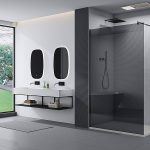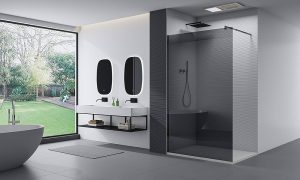How to Select Automatic Entrance Systems for Office Building Entrances
Automatic entrance systems have become an essential feature in modern office buildings. They enhance accessibility, improve security, and create a professional, welcoming environment for employees, clients, and visitors. Choosing the right system is crucial, as it affects not only functionality but also the overall efficiency and aesthetics of your office space.
Determine the Building’s Accessibility Needs
Automatic entrance systems should first be selected based on the accessibility requirements of the building. Consider the needs of employees, visitors, and people with disabilities. Sliding doors are often ideal for high-traffic entrances because they provide a wide opening and require minimal effort to use.
Swing doors or low-energy operators may be suitable for areas with lower traffic or for emergency exits. Understanding who will use the entrance and how frequently ensures that the system chosen is practical and compliant with accessibility standards such as ADA regulations.
Consider Security and Access Control
Security is a major factor when selecting automatic entrance systems. Offices often need controlled access to protect sensitive areas or confidential information. Revolving doors with access card integration or automated locking mechanisms can help regulate entry and exit.
Additionally, entrances can be connected to security systems and visitor management solutions, ensuring that only authorized personnel gain access while maintaining smooth traffic flow. Balancing convenience with security is key to an effective entrance system.
Evaluate Energy Efficiency
Energy efficiency is another important consideration in modern office buildings. Automatic entrance systems can help reduce energy loss by minimizing the amount of time doors remain open.
Revolving doors, for example, prevent drafts and help maintain interior climate control, while sensor-operated sliding doors open only when needed. Choosing energy-efficient systems contributes to lower heating and cooling costs and supports sustainability goals for the building.
Factor in Traffic Volume and Space Constraints
The volume of traffic at the entrance also determines the best choice of automatic entrance systems. High-traffic main entrances typically benefit from sliding doors or revolving doors that can accommodate multiple people simultaneously.
For smaller offices or secondary entrances, swing doors with low-energy operators may suffice. Additionally, space constraints and building layout can influence whether doors need to slide, swing, or revolve. Planning based on traffic patterns ensures efficiency and reduces wear and tear on the system.
Consider Design and Aesthetics
While functionality is essential, aesthetics should not be overlooked. Automatic entrance systems can enhance the architectural style of the office building.
Choosing finishes, glass types, and door designs that complement the building’s interior and exterior creates a professional and cohesive appearance. Customization options, including branding or logo integration, can further improve the visual impact of the entrance.
Conclusion
Selecting the right automatic entrance systems for office building entrances requires careful consideration of accessibility, security, energy efficiency, traffic volume, and design. By understanding the building’s unique needs and consulting with professional providers, office managers and property owners can implement entrance solutions that improve safety, enhance aesthetics, and provide a seamless experience for everyone using the building. Making the right choice ensures a welcoming, secure, and efficient entrance for years to come.












